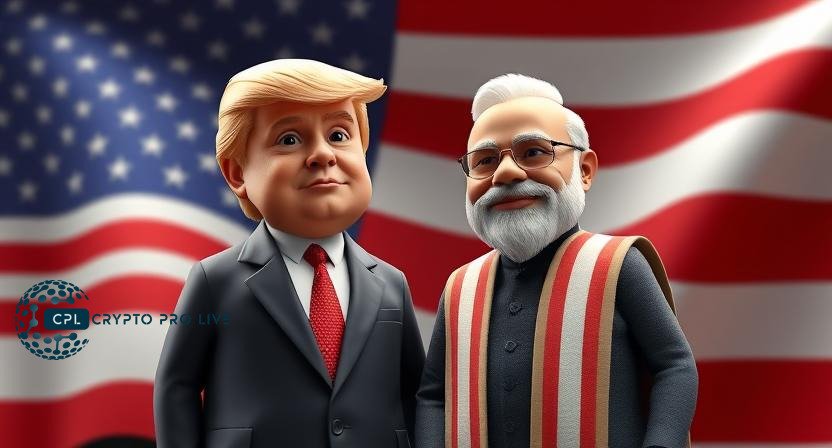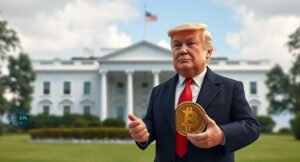In recent developments, U.S. President Donald Trump announced that India has agreed to significantly reduce its tariffs on American imports. He stated, “India charges us massive tariffs. Massive. You can’t even sell anything in India. They have agreed, by the way; they want to cut their tariffs way down now because somebody is finally exposing them for what they have done.”
Background on Tariff Disputes
For years, the United States has expressed concerns over India’s high tariff rates on various American products. Notably, India imposes tariffs as high as 100% on certain U.S. goods, particularly in the automotive sector. These protectionist measures have been a significant point of contention, prompting calls for a more balanced trade relationship. In his address, President Trump highlighted these disparities, stating, “India charges us tariffs, 100 per cent. The system is not fair to the US, it never was.”
Implementation of Reciprocal Tariffs
In response to these longstanding issues, the Trump administration announced the enforcement of reciprocal tariffs set to commence on April 2. This policy aims to mirror the tariff rates that countries impose on U.S. exports, thereby leveling the playing field for American businesses. White House trade adviser Peter Navarro explained that this approach addresses the cumulative unfair trade practices faced by the U.S., considering both industry-specific and country-wide measures.
India’s Commitment to Reducing Tariffs
Amid these developments, U.S. Commerce Secretary Howard Lutnick has urged India to reconsider its high tariffs, emphasizing the potential for a significant bilateral trade agreement. Lutnick suggested that lowering tariffs could enhance the “special relationship” between the two nations, particularly in sensitive sectors like agriculture. He highlighted the possibility of setting specific quotas and limits to facilitate a mutually beneficial agreement.
In response, India has shown a willingness to engage in discussions aimed at reducing tariff barriers. Indian Prime Minister Narendra Modi and President Trump have set an ambitious target to double bilateral trade to $500 billion by 2030. This goal underscores a mutual commitment to resolving trade disputes and fostering a more equitable trading environment.
Implications for the Automotive Sector
One of the critical areas affected by these negotiations is the automotive industry. The United States is advocating for the elimination of tariffs on car imports as part of the proposed trade deal, a move that would facilitate Tesla’s entry into the Indian market. Currently, India imposes auto tariffs of up to 110%, among the highest globally. While India is considering further reductions, there is hesitation to reduce tariffs to zero immediately due to concerns from domestic automakers about potential impacts on local manufacturing and investments.
Market Reactions and Future Outlook
The announcement of potential tariff reductions has elicited mixed reactions in financial markets. Indian stock markets experienced slight declines amid concerns over U.S. tariff policies, particularly impacting IT companies. However, sectors like the auto industry saw gains, reflecting optimism about the potential elimination of import duties on U.S. cars.
As the April 2 deadline for the implementation of reciprocal tariffs approaches, both nations are engaged in intensive negotiations to finalize the terms of tariff reductions and broader trade agreements. The outcome of these discussions will significantly influence the future trajectory of U.S.-India trade relations, with potential ripple effects across various economic sectors.
In summary, President Trump’s announcement regarding India’s agreement to cut tariffs represents a significant step toward addressing longstanding trade imbalances. The ongoing negotiations and policy implementations in the coming weeks will be crucial in shaping a more balanced and mutually beneficial economic partnership between the United States and India.


















